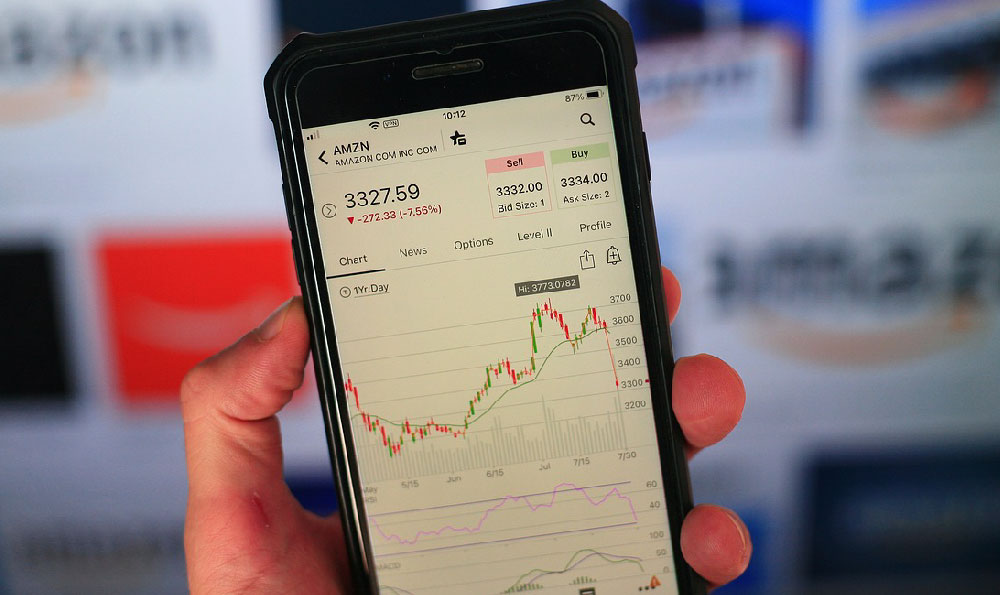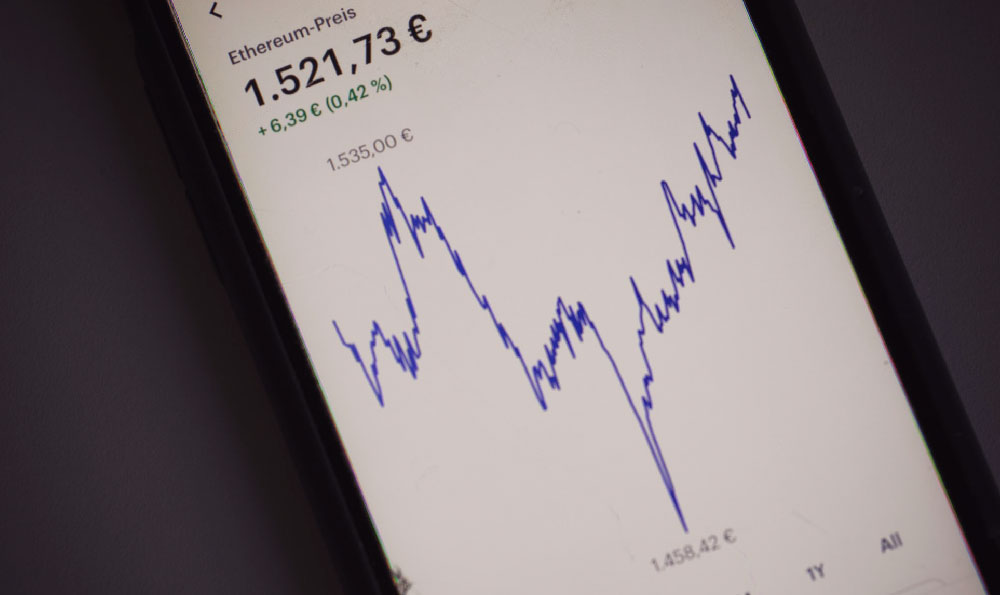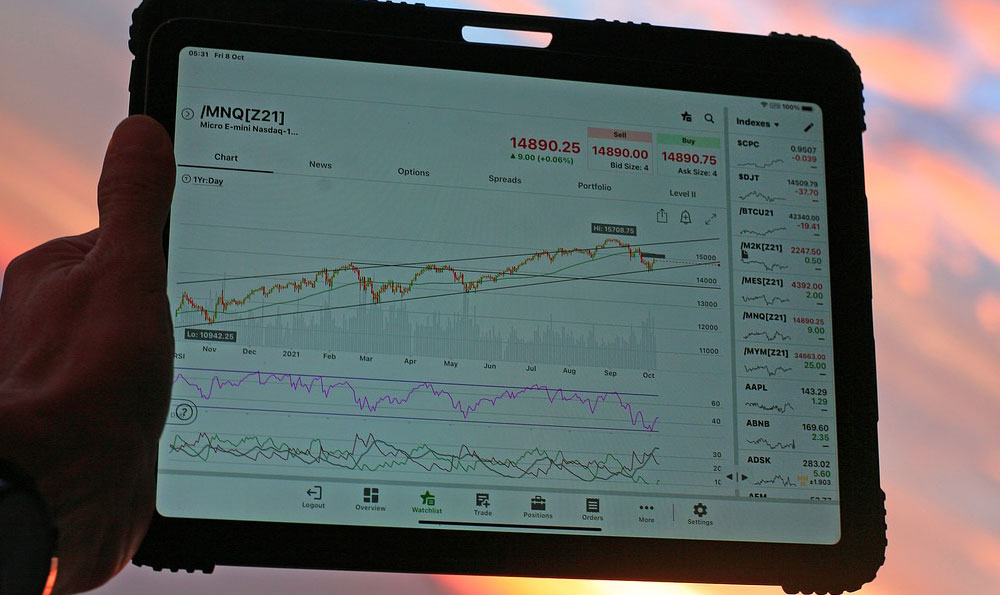Walmart, the retail giant, offers a diverse range of financial services, including money orders. Understanding whether Walmart provides this service and whether it's a profitable venture for both the company and its customers requires a deeper dive into the operational and financial implications.
Walmart does indeed offer money orders. They are provided through MoneyGram, a leading global payment services company. This partnership allows customers to purchase money orders at Walmart locations across the United States. The process is typically straightforward: a customer approaches the MoneyGram counter, provides the necessary information (payee's name, address, and the amount they wish to send), pays the specified amount plus a service fee, and receives the money order. This money order can then be sent to the recipient, who can cash it at a bank or another financial institution.
The availability of money orders at Walmart caters to a specific segment of the population, particularly those who may not have traditional bank accounts or prefer to use cash for transactions. This demographic often includes individuals with limited access to banking services, those who prefer anonymity in their financial dealings, and people who need to send money quickly and securely. For these customers, money orders offer a practical alternative to checks, credit cards, or electronic transfers.

From Walmart's perspective, offering money orders through MoneyGram generates revenue through the service fees charged on each transaction. While the individual fee per money order may seem small, the cumulative effect of millions of transactions across thousands of stores can result in a significant contribution to Walmart's overall revenue. Beyond the direct revenue from fees, offering financial services like money orders also enhances Walmart's appeal as a one-stop-shop. Customers who come to Walmart to purchase a money order may also purchase other items, increasing the likelihood of additional sales and contributing to the store's overall profitability. This is a crucial element in Walmart's strategy of providing a broad range of services to attract and retain customers.
However, evaluating the profitability of money orders requires considering the associated costs. Walmart incurs expenses related to staffing the MoneyGram counters, providing secure facilities for handling cash transactions, and managing the partnership with MoneyGram. There are also regulatory compliance costs associated with offering financial services, including anti-money laundering (AML) regulations and reporting requirements. The complexity of these regulations can create a significant burden for Walmart, requiring them to invest in compliance programs and training for employees.
Moreover, money orders are not without inherent risks. Fraudulent activities, such as the use of counterfeit money orders or scams targeting vulnerable individuals, can lead to financial losses for both customers and Walmart. Managing these risks requires robust security measures, including employee training, fraud detection systems, and collaboration with law enforcement agencies. Walmart needs to maintain a vigilant approach to prevent and detect fraud to protect its customers and its reputation.
The profitability of money orders can also be influenced by competition from alternative payment methods. The rise of digital payment platforms, such as PayPal, Venmo, and Zelle, has provided consumers with convenient and often cheaper alternatives for sending and receiving money. These platforms offer instant transfers, lower fees, and enhanced security features, making them attractive to a growing segment of the population. To remain competitive, Walmart needs to continually evaluate the pricing and convenience of its money order service and consider ways to integrate digital payment options into its financial services offerings.
Furthermore, the profitability of money orders may vary depending on the location of the Walmart store. Stores located in areas with a higher concentration of unbanked or underbanked individuals may experience higher demand for money orders, leading to greater revenue. Conversely, stores in affluent areas with widespread access to banking services may see lower demand. Walmart needs to analyze the demographic characteristics of its customer base and tailor its financial services offerings accordingly.
Despite the challenges and competition, money orders remain a valuable service for many Walmart customers. They provide a reliable and accessible way to send and receive money, particularly for those who lack traditional banking relationships. By offering this service, Walmart contributes to financial inclusion and helps meet the needs of underserved communities. This aligns with Walmart's broader mission of providing affordable and accessible products and services to a wide range of customers.
In conclusion, Walmart's offering of money orders through MoneyGram can be considered profitable, not only through direct revenue generation from transaction fees, but also through enhanced customer loyalty and increased in-store sales. However, the profitability is subject to factors like operational costs, regulatory compliance, competition from digital payment platforms, and the risk of fraud. By carefully managing these factors and continuously adapting to the changing needs of its customers, Walmart can continue to offer money orders as a valuable and profitable service. The key lies in balancing the benefits of providing this essential financial service with the inherent challenges and costs associated with its operation.












